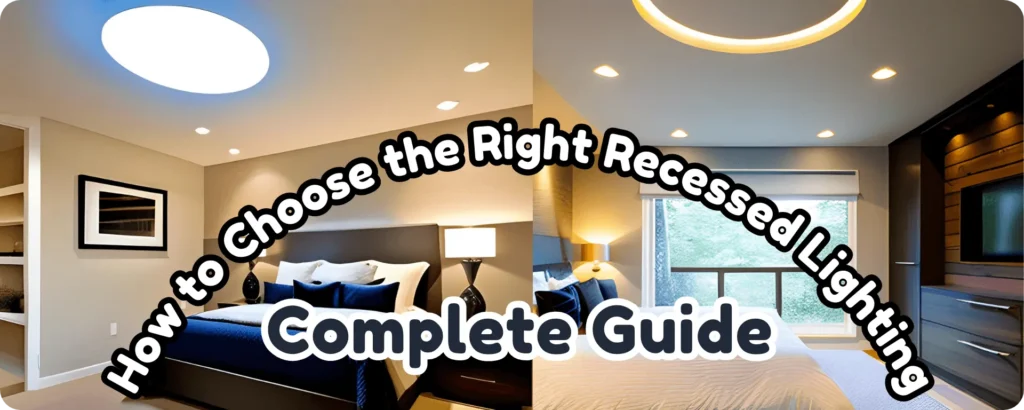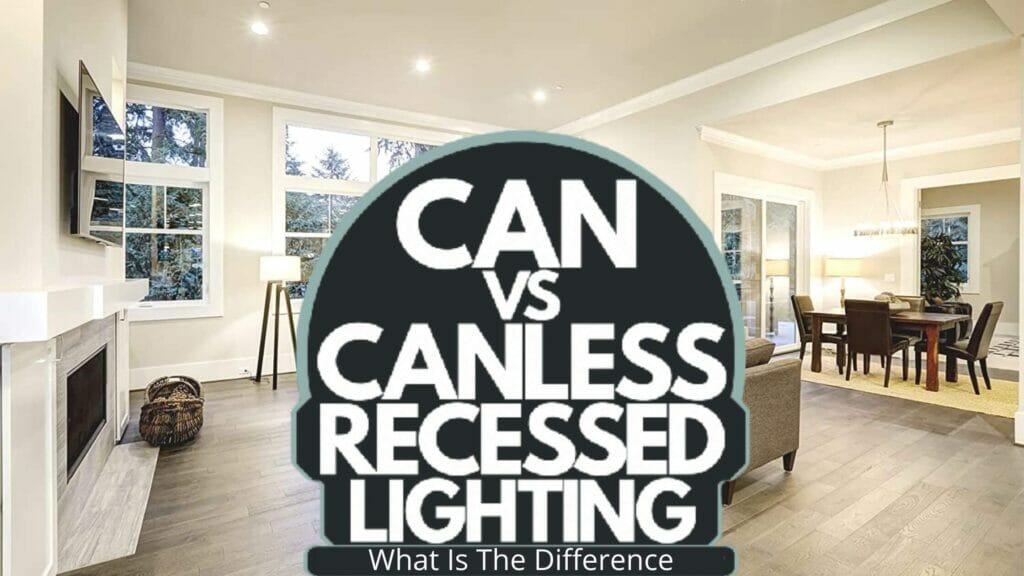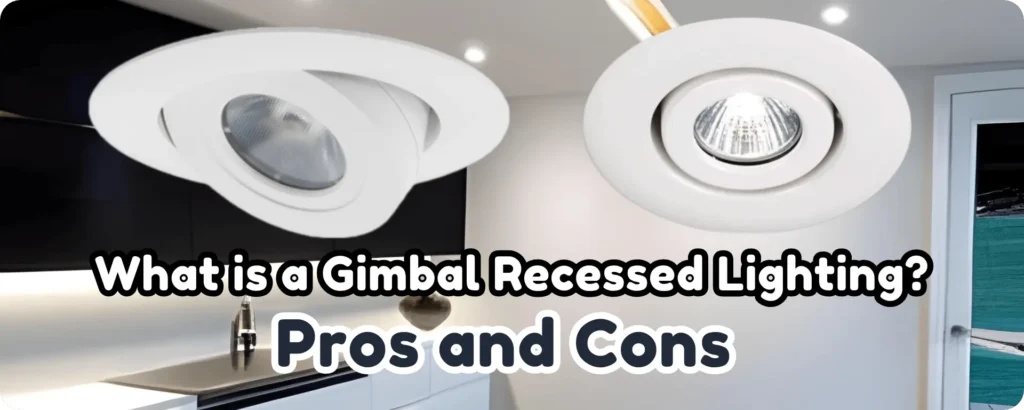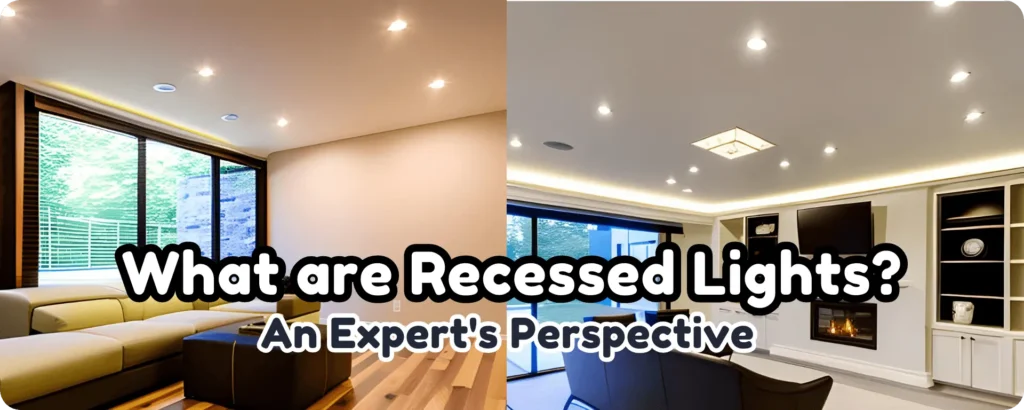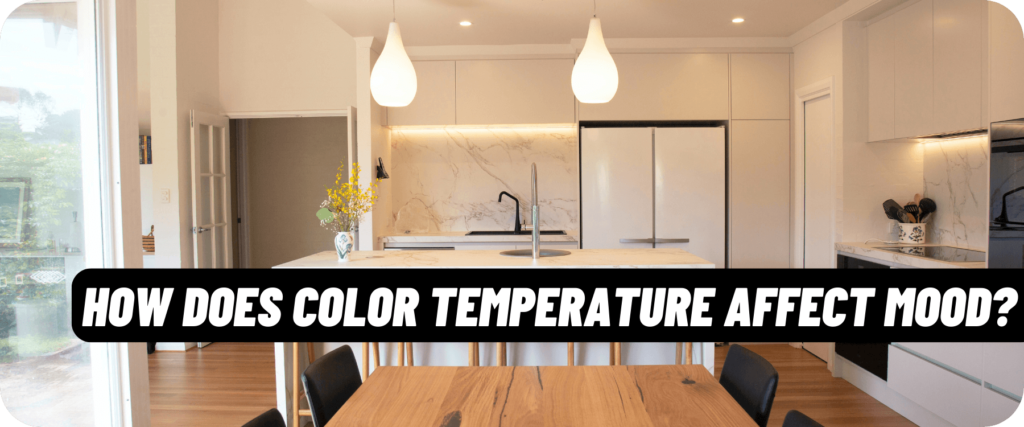

Let’s talk about recessed lighting and how it can set the right vibes in our homes. The kind of light we get from these fixtures really matters, and it can totally shape our emotions. Figuring out what feelings each light color brings can help us nail the ideal lighting setup at home. After all, the various shades of light in our living spaces can trigger all sorts of different feelings.
We measure this light-colored stuff in Kelvin (K), ranging from cool vibes at 2700K to warmer, cozier feels at 6500K. Some smart folks did research and found out that the kind of light we’re under can totally change how we see things, how productive we are, and even how we act.
Ever wondered why a sunny day gets us all excited, while a chilly, gray day brings us down? It’s partly because of the color of light around us. This light temperature thing can really mess with our emotions. So, here we know how the light in our homes can play with our moods, and how we can use it to make our spaces even better.
THE RELATIONSHIP BETWEEN LIGHTING AND MOOD
Our psychological and emotional health is profoundly impacted by the complex interplay between lighting and mood. Sunlight and other forms of natural light are essential for maintaining our circadian rhythms, which control our sleep-wake cycles and affect our mood. Synchronization is aided by exposure to natural light, which also fosters good emotions like happiness, whereas its lack can result in illnesses like seasonal affective disorder (SAD), which is characterized by feelings of depression.
Additionally, artificial lighting influences mood. Warm white light encourages relaxation while cold white light boosts productivity. Different light color temperatures elicit different emotions. Furthermore, the quality of lighting is important; badly lit areas cause pain, but well-designed lighting enhances our environment
Temperature Categories and Their Impact on Light Color


Color temperature is basically a way we measure the color of the light that comes from a light source. They use this thing called Kelvin (K) to express it. At color temperature three main color groups: you’ve got Warm Light (which falls between 2700K and 3000K), then there’s Cool White (that’s around 3000K to 5000K), and finally, there’s Daylight Light (sitting between 5000K and 6000K).
Choosing the right color temperature for your home’s lighting can be very beneficial for achieving the perfect atmosphere. The warm white light helps to create an inviting atmosphere while cooler white light can help to energize you and make a space feel brighter. Daylight, on the other hand, provides a more natural look as if it were lit from daylight outdoors.
1. 2700-3000K (incandescent)
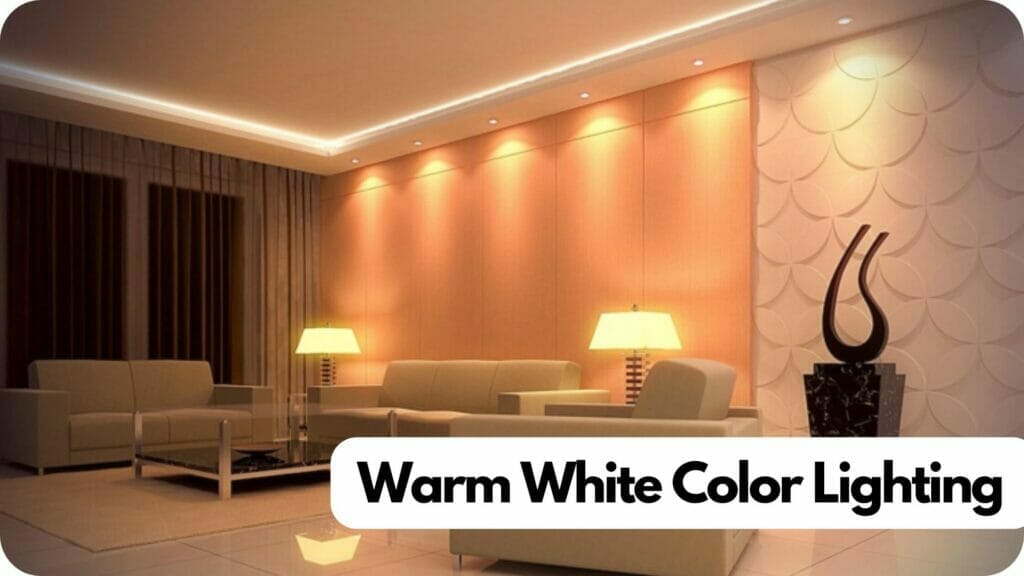

This color temperature gives off a warm and cozy kind of light. It’s perfect for setting up a really chill and relaxing vibe in places like your bedroom or the living room. Ever notice how your mood tends to get super pleasant when the sun is setting and its light gets all warm and golden? Well, guess what, that same comfy feeling comes from 2700-3000K (incandescent) lighting.
If you go with this temperature for your indoor lights, you’ll totally bring in that warm and cozy atmosphere that can really lift your spirits. The range of warmth in color makes 2700-3000K incandescent lighting just right for those comfy spots like living rooms and bedrooms
2. 3500-4500K (halogen)
This range of colors lies between brilliant white, cool white, and neutral white. It improves the aesthetics of living areas and includes a small amount of blue wavelengths, which are known to encourage alertness, concentration, and wakefulness, especially during study or work periods.


This range generates light at a level that is comparable to outside daylight. Its combination of brightness and a little blue undertone helps to improve attention. It is also the best option for settings like workplaces, schools, garages, and other places where illumination has to be strong enough to guarantee cozy working circumstances. However, in homes, these many color-toned lights may be useful in places like kitchens, baths, and outdoor spaces.
3. 5000-6550K (fluorescent)
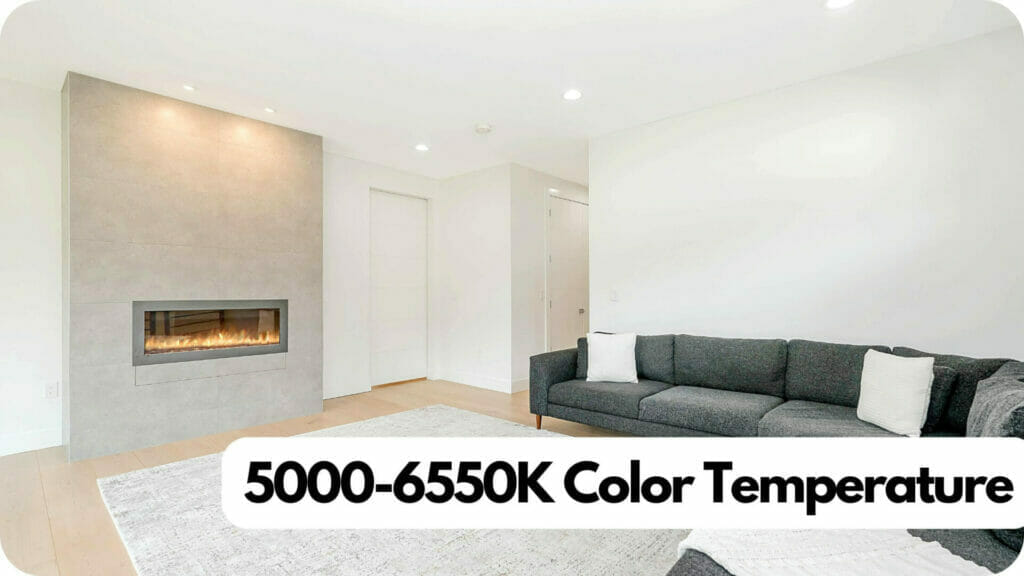

The temperature coloration range of fluorescent light is closest to natural daylight. This temperature range has been quantified as the maximum accurate representation of the character of daylight, and it is seen to successfully raise human beings’s temper and strength levels.
This kind of light makes a vibrant, clean, and lively feeling when utilized in indoor
When used in application regions like under-cabinet lighting, it adds warmth and enhances the enjoyment of normal responsibilities. It does more than just enhance the room’s physical appearance; it may boost moods and definitely affect feelings.
Others:
As we are aware, various other lighting options do not fit into the main categories mentioned above, but they too can have a specific impact on your mood. For example, recent studies suggest that LED tube lights can significantly affect your circadian rhythm, which is the biological process that regulates activities over 24 hours.
Interestingly, the red-light color, while strong in appearance, has the least impact on brain activity, resulting in an overall good mood throughout the day. However, the same cannot be said for blue and white light colors, which have the most significant impact on human mood. This is because they can significantly affect or trigger general cerebral responses in the body, which are responsible for mood formation.
So, How Then Can You Use This to Your Advantage?
Firstly, it’s important to realize that you are in control of your home’s ambiance. You can induce emotions and trigger mood formation with color lights as much as you, please. When you want to achieve a certain mood, experiment with different color lights until you find the perfect one for your desired outcome.
For example, if you feel dull, switch to bright yellow or orange/reddish light, or if you’re feeling overwhelmed with anxiety, go for a green light. The best thing about this is that you can experience it all in the comfort of your own home and in any room you choose. As you continue to experiment with color light temperature, you will find your comfort zone and discover the perfect combination for a perfect ambiance. However, patience is required before you reach this point.
Conclusion
The color temperature of lighting is an essential aspect to take into account as it can affect our mood and feelings. Warm-toned lighting fixtures can create a relaxed and welcoming environment, ideal for rest and unwinding after an extended day. On the opposite hand, cool-toned lighting can create an extra energizing and stimulating environment, perfect for paintings or to have a look at. Understanding how color temperature affects our temper can assist us in selecting the right lights for our home and creating an appropriate atmosphere for any occasion
FAQs:
What color temperature is most relaxing?
In the context of creating a calming and cozy atmosphere in the bedroom, the ideal color temperature for lighting is between 2700K and 3000K. These warm light temperatures emit tones that are incredibly soothing and relaxing, fostering an environment conducive to relaxation and comfort.
What color temperature keeps you awake?
Color temperatures above 4000K, characterized by cool light sources, are known to foster an energetic and dynamic environment. These cooler tones are commonly employed in settings like kitchens, offices, and other spaces where heightened activity and productivity are essential.
What’s the best color temperature for a bathroom?
For a cozy feel, opt for warm colors (2700K to 3000K) to create a soft, comfortable glow. If you prefer a modern look, go cooler (3500K to 4000K) for a sleeker vibe. Remember, the right color temperature can significantly enhance your bathroom’s overall ambiance. Experiment and find what suits your style best!

